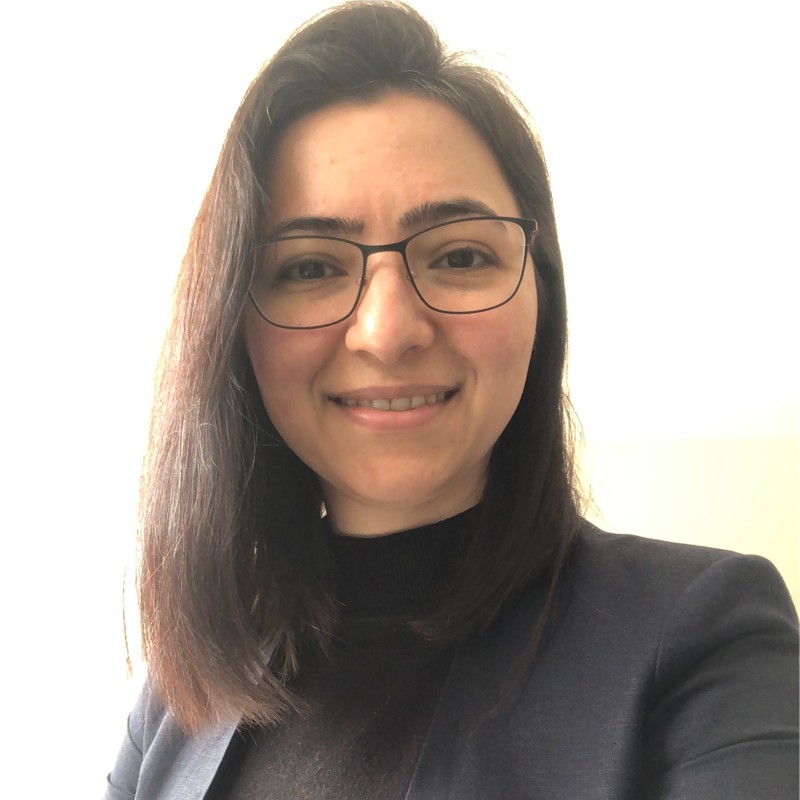Spotlight on a student: Sheida Shadpour
Analysing Australia’s solar performance for a clean energy transition
Sheida Shadpour is one of the first students to join MEI’s new Zero Emission Energy Laboratory (ZEE Lab) internship program. The program pairs talented students with research and industry host organisations to work on projects related to clean energy and transport technologies. As a ZEE Lab intern, Sheida has been paired with Ekistica, an engineering consultancy based in Alice Springs, to work on a solar farm analysis project.
We asked Sheida to tell us more about her internship and where she hopes it will take her.
Can you tell us about your ZEE Lab internship project and your role in it?
The focus of my project at Ekistica is to come up with a way to measure and analyse the performance of solar farms on Australia’s National Electricity Market (NEM). I am working on a methodology to calculate performance ratio and curtailment losses – basically, how well the farms are operating, and where they are making losses from limits to output – using publicly available datasets in combination with on-the-ground data.
So, my task is to first collect accurate public datasets for more than 50 solar farms on the NEM across Australia, and then to develop an analysis pipeline using Python, a data analysis program, that can measure their gains and losses. Those results will then be validated using ground station data, for a subset of farms where that data is available. The aim is to give us a better idea of how well Australia’s solar farms are performing, and identify areas for improvement.
As part of my internship, I have also been running analysis on the impact of a recent rule change by the Australian Energy Market Commission (AEMC) on Integrating Energy Storage Systems (IESS), and what this means for the viability of retrofitting solar farms with Battery Energy Storage Systems (BESS) – the new rules pave the way for batteries to play a much bigger role in the NEM.
This work will become a springboard for a more general and interesting piece of analysis that ranks solar farms on the NEM by their potential for additional revenue from installing a BESS to offset grid and economic curtailment. So far, our analysis shows that the aggregate performance would allow solar farms to continue generating and charging a retrofitted BESS in periods where they would previously have been curtailed due to thermal constraints.
Finally, my analysis from both projects will become the basis of industry-targeted reports delivered to the Australian Renewable Energy Agency (ARENA).
What did you study to land in this area of research?
I hold a master's degree in Energy Systems from the University of Melbourne. Prior to this, I undertook a bachelor’s degree and Master of Science in Materials Engineering back in Iran.
Have you received any awards?
In 2020, I was awarded the Melbourne School of Engineering Scholarship, which provided financial support throughout my graduate studies at the University of Melbourne.
What do you want to do next?
I am now actively looking for career opportunities in the energy sector. Given my engineering background and education in energy systems, my goal is to work as an energy analyst and be able to positively contribute to the transition to a sustainable energy system.
Further information
Sheida and her supervisors at Ekistica, Lachlan McLeod and Josiah Fajardo, may be contacted via email with further questions about this research. Organisations interested in hosting a ZEE Lab intern can contact MEI's Director of Major Projects, Adrian Panow.
